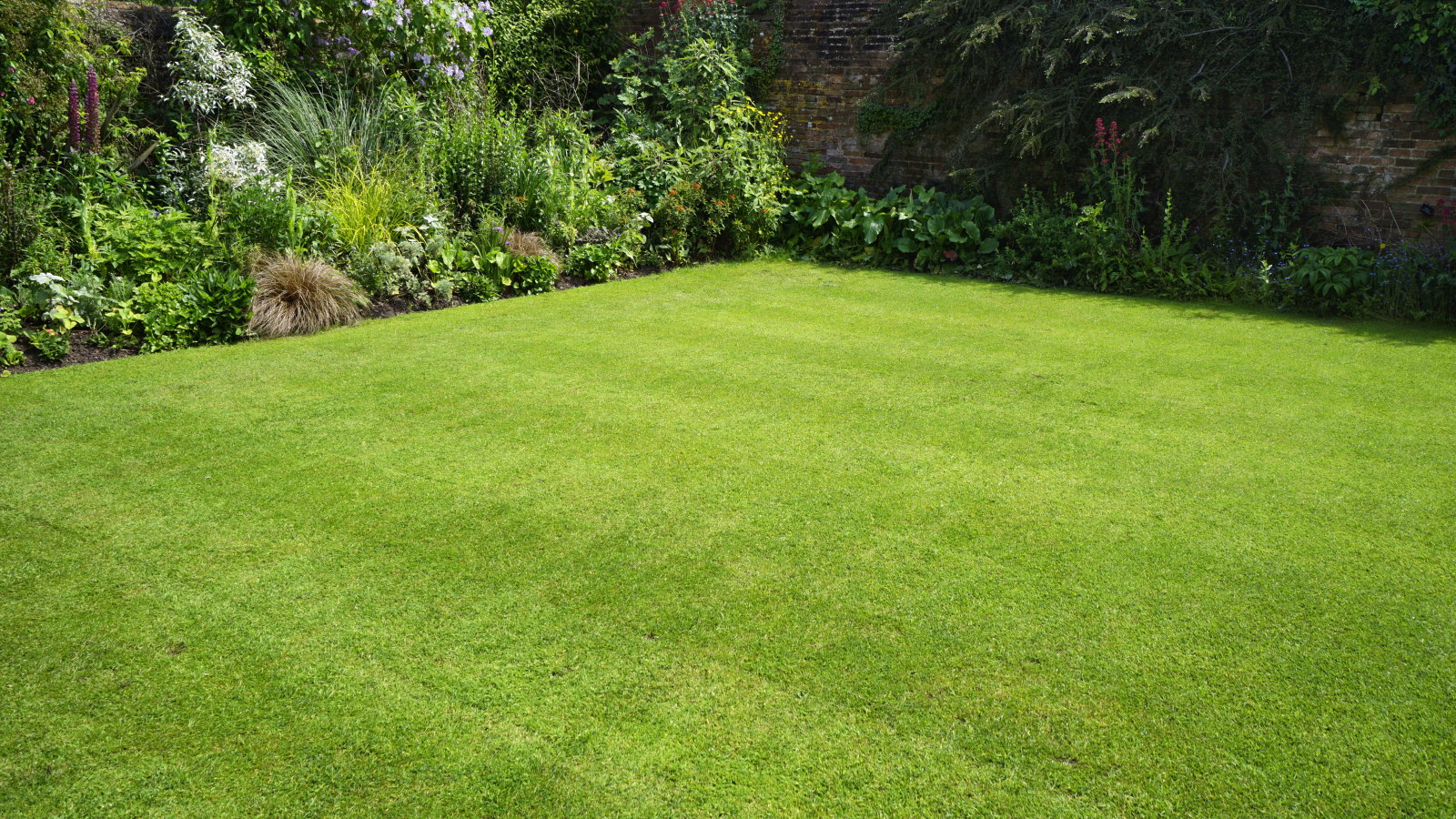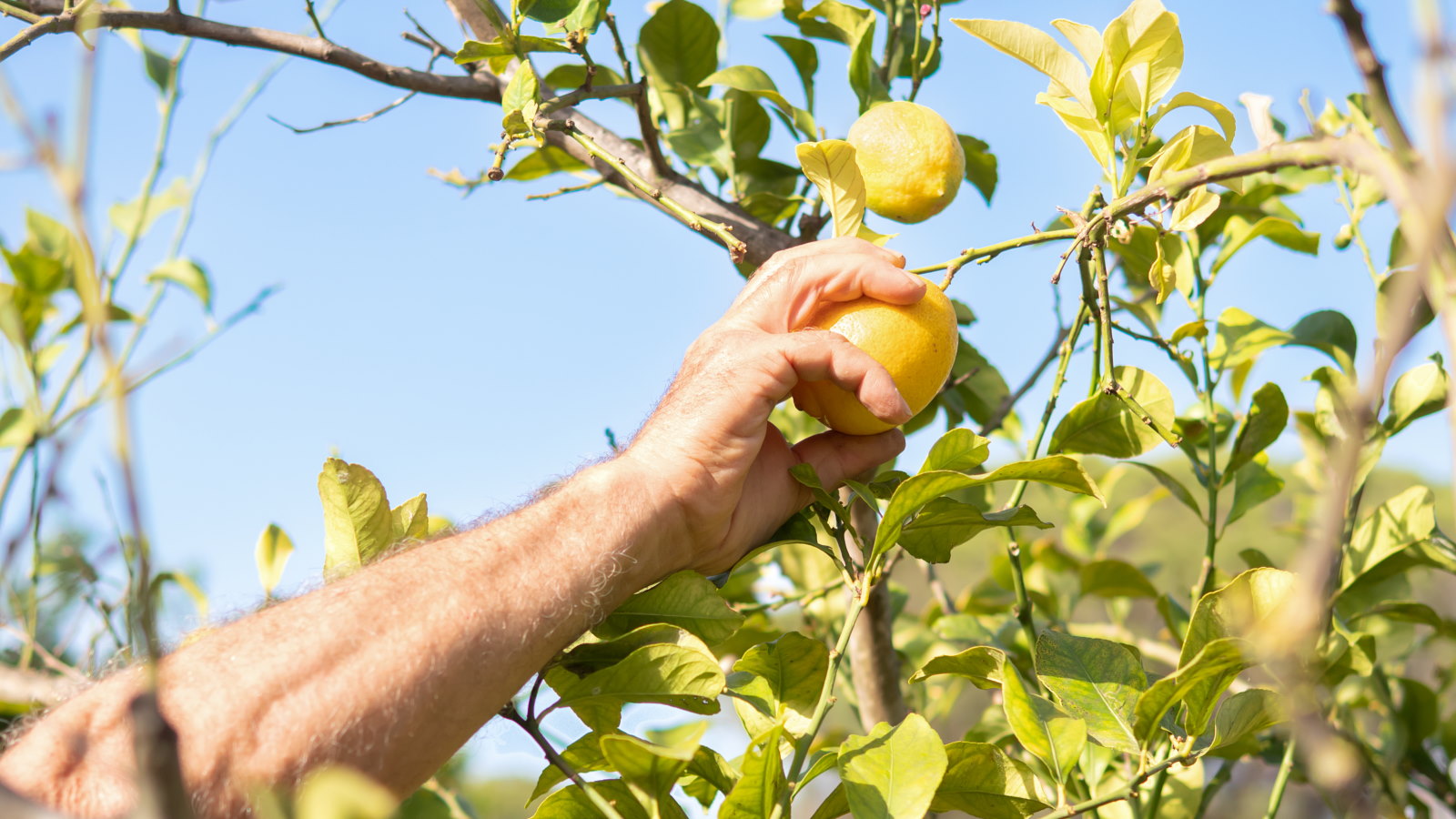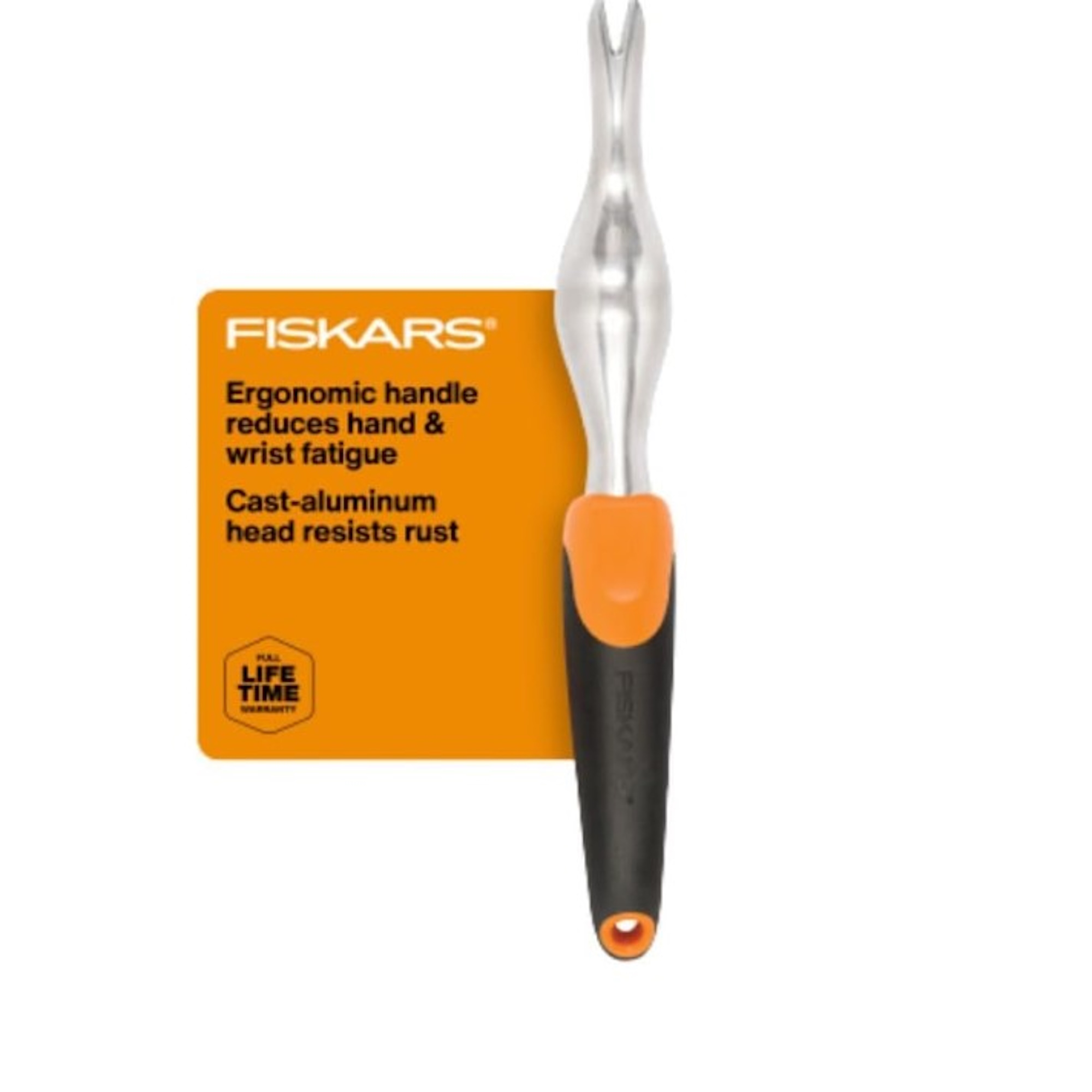How to kill weeds in the fall – and stop them from returning to your yard next year
Fall is a great time to clear your garden borders of troublesome weeds


In recent years, many gardeners have relaxed their approach to weed control. Natural gardens, wild patches and meadow-like planting have ushered in a more carefree approach to weeding. This positive change is rooted in environmentalism, with an awareness that we, as gardeners, have a part to play in caring for the soil, the wider ecosystem and the wildlife where we live.
However, as a gardener myself, I know that there are certain weeds you do not want growing in your flower beds or vegetable garden. While using inorganic chemicals to remove weeds is not recommended, there are effective methods that can help you clear nettles, brambles and dandelions, and fall is a good time to get organized and on top of your weeding for next year.
So, if you are wondering how to kill weeds in the fall, our guide has all the information you need for targeting problem plants before they settle in for the winter months and return in the spring. Here, I share tips and tricks for clearing perennial and annual weeds, and lessons I have learned from working in private and public gardens across the UK.

How to kill weeds in the fall
When considering how to get rid of weeds, employing natural methods is far preferable to using chemicals. Whether you have chickweed spreading across your borders or clover growing through gravel pathways, there are weed control methods that are particularly effective in the fall months that need not impact your wildlife garden ideas. So, get a jump start on weeding for next year by following our simple guide and learning how to kill weeds in the fall.
Manually removing weeds

Manually removing weeds, while time-consuming, is perhaps the most effective way to eliminate unwelcome plants from your plot. For many gardeners, this age-old approach to weed control cannot be bested, considered as mindful gardening. So, if you want to get some fresh air and as much vitamin D as possible during fall, spending 15 minutes a day hand weeding in your yard can help.
While the climate will vary depending on where you live and your US hardiness zone, most of us typically experience mild temperatures and plenty of rain during the fall months, creating ideal conditions for annual weeds to germinate rapidly. Over October and November, you will see young seedlings emerging across beds and borders.
In terms of essential gardening tools, using a garden hoe can be useful for annual weeds, such as henbit, deadnettle, and chickweed, most of which have shallow root systems. Simply loosen the soil with a hoe, and then pick out the weeds. Just be sure you are not removing any foxglove, aquilegia or other biennial seedlings that you want to keep.
In terms of perennial weeds, a little more precision and care will be needed when handling nettles, brambles and dandelions. Perennial weeds will have extensive root or rhizome networks, all of which must be removed if you want to fully eradicate problem plants from your yard.
For example, nettles have networks of rhizomes growing horizontally, appearing like a tangled underground web that enables this weed to spring up in many different locations. Bramble, plantain, dock leaf and dandelion plants all have deep tap roots. This clever evolutionary adaptation can make it very tricky to get rid of these weeds, but patience and care are your secret weapon.
For larger perennial weed clumps, use a fork to loosen the soil around the crown, being careful not to slice into the roots. I find it is best to do this on wet days, as damp soil can help to make the job of pulling up entire roots far easier (and more satisfying). I once spent an entire day pulling up dock leaves in a field when working as a gardener in Wales. The wet soil helped to make this job 100 times easier.
For smaller clumps, follow the same method as above but instead use a hand fork or a hori hori knife, which should allow you to carefully wiggle the weed out of the soil.
As any gardener will tell you, manually removing weeds is a long game to play. While you won't get rid of every weed, regularly weeding can help to keep unwelcome plants at bay.
One final job to add to your fall gardening checklist is mulching, which can be done once you have finished weeding ahead of the winter cold.
'After you have finished weeding in the fall, usually around October or November, simply add a two-inch layer of mulch, such as straw or shredded leaves, around the base of perennials and shrubs,' says Reese Robbins, garden expert and creator of Just Pure Gardening. 'This layer insulates the roots against sudden temperature drops, helps retain soil moisture, and reduces weed growth over winter.' Pine straw mulch is available to order online from Walmart.
If you have a severe weed problem in your yard, however, there are other options to consider.

This hori hori knife is perfectly designed for weeding in garden beds and borders. Be sure to keep the blade sharp for maximum effect.

Reese L. Robbins is the founder of Just Pure Gardening, a site full of fruit and vegetable growing guides, garden ideas, and garden product reviews.
Using organic sprays to get rid of weeds

In the fall months, perennial weeds are storing nutrients to prepare for winter dormancy. They then use this energy to reshoot in the spring, so taking the time to eradicate them in the fall can prevent this. While I would always suggest manually weeding is your first and best option, I know that sometimes this can be an impossible task.
So, if you are overcome with perennial broadleaf weeds, including nettles and dandelions, using an organic herbicide spray is one option to consider. While this should be a last resort, limited and targeted applications can help to control a weed problem that is spiraling out of control.
Perennial weeds are troublesome because of their extensive root networks, as mentioned above, and any missed section of root that is left behind will regrow. For example, if you are wondering how to remove weeds from pavers, such as dandelions growing among cobblestones at the front of your home, using a small amount of organic herbicide can help, as it will be nigh on impossible to excavate all of the root between small cracks.
Perennial weeds are best eliminated with iron-based sprays, which can kill broadleaf varieties without damaging grass, making this a good option if your lawn area is overcome with weeds. Organic iron-based weed killers are available from Amazon.
Do not apply any herbicide or weed killer when it is wet or windy, as there is always a risk that the solution can wash off and damage nearby perennials or shrubs in your borders. Always select a still, dry day, and apply small amounts. Remember that weedkillers, even if they are organic, can impact biodiversity, so use them sensibly and sparingly.

This organic weed killer comes with a handy spraying wand for easy, extensive coverage around your yard. This fast-acting formula can work in under 20 minutes.
Alternative solutions for killing weeds

There are hundreds of alternative methods that you can try in the fall months, including using vinegar or baking soda to kill weeds. While there is no unanimous verdict on the viability of alternative methods, you might find one recipe or approach that works for you.
'Some natural methods can help to reduce and limit the spread of weeds,' says Drew Swainston, former professional gardener and gardens content editor at Homes & Gardens. 'However, in reality, using your hands to dig, fork and lift weeds seems to be the best approach, particularly if you are conscious to keep chemicals out of your yard.'
For large areas of ground that are full of perennial and annual weeds, consider covering them with cardboard and covering this with mulch. 'Covering soil can hinder new weed growth,' Drew adds, 'and while you have to be patient and avoid planting here for six months or longer, this method can help to clear large areas of weeds.'
Finally, if you are dealing with weeds in gravel, why not use a weed flame torch, available to order from Walmart? In my experience, burning weeds that have deep tap roots will not stop them from regrowing, but repeated burning can eventually do the job.

Drew qualified as a journalist and wrote for many websites and publications, before studying for a horticulture qualification. He worked as a professional gardener for several years, specializing in kitchen gardening. He's now bringing his expertise and passion to Homes & Gardens as a member of our team.
FAQs
Are weeds good for pollinators?
Yes, there are many flowering weeds for pollinators that are beneficial if you are looking to boost biodiversity in your yard. Dandelions and clovers are known to be popular with butterflies and bees, so leaving a small wild patch in your yard is a good idea. Why not leave plants to grow and self-seed towards the end of your yard?
If you are worried about weeds, bare soil should be avoided. This is only an opportunity for weed seeds to germinate and dominate. My advice: fill your borders and beds with ground cover plants to stop weeds, such as monkey grass or Japanese spurge, or for a native option, why not learn how to grow wild ginger? These plants, once established, will outcompete any opportunistic weeds.
Sign up to the Homes & Gardens newsletter
Design expertise in your inbox – from inspiring decorating ideas and beautiful celebrity homes to practical gardening advice and shopping round-ups.

Thomas is a Content Editor within the Gardens Team at Homes and Gardens. He has worked as a professional gardener for both public spaces and private estates, specializing in productive gardening, growing food and flowers. Trained in Horticulture at the Garden Museum, he has written on gardening and garden history for various publications, including The English Garden, Gardens Illustrated, Hortus, The London Gardener and Bloom. He has co-authored a Lonely Planet travel book, The Tree Atlas, due out in 2024.
-
 5 vital ways a home battery backup can help with your most urgent needs in a power outage – from heating to flood prevention and calls
5 vital ways a home battery backup can help with your most urgent needs in a power outage – from heating to flood prevention and callsExperts say they're a worthy investment
By Clement Feng Published
-
 Is the viral salt hack the secret to a weed-free patio? A garden expert warns of irreparable, long-term damage – plus reveals the safest way to get results
Is the viral salt hack the secret to a weed-free patio? A garden expert warns of irreparable, long-term damage – plus reveals the safest way to get resultsYou might have seen gardeners on TikTok or Instagram using salt to kill weeds in pavers, but this hack should be avoided at all costs
By Thomas Rutter Published
-
 7 shrubs to plant in April to transform beds and borders – including native plants and bushes suitable for dry or wet spots
7 shrubs to plant in April to transform beds and borders – including native plants and bushes suitable for dry or wet spotsThese shrubs can bring flowers, texture, and fragrance, as well as attracting beneficial insects and birds
By Drew Swainston Published
-
 I'm a lawn care expert, and always do these 7 jobs in April to ensure thick, green grass all summer long
I'm a lawn care expert, and always do these 7 jobs in April to ensure thick, green grass all summer longTransform your lawn with these simple yet highly effective April lawn care tasks
By Drew Swainston Published
-
 Horticulturists urge you to prune these 7 plants in April – for healthy growth and better-than-ever flowering displays
Horticulturists urge you to prune these 7 plants in April – for healthy growth and better-than-ever flowering displaysDiscover a key selection of plants to cut back this month, with expert pruning advice
By Drew Swainston Published
-
 7 fruits to plant in April for years of tasty homegrown harvests, plus expert planting tips
7 fruits to plant in April for years of tasty homegrown harvests, plus expert planting tipsAn exceptional selection of fruit trees and soft fruit can be planted this month
By Drew Swainston Published
-
 7 dazzling cut flowers to plant in April for bountiful blooms to enjoy in bouquets, vases, and displays this summer
7 dazzling cut flowers to plant in April for bountiful blooms to enjoy in bouquets, vases, and displays this summerDiscover sowing tips from an expert horticulturist
By Drew Swainston Published
-
 7 of the best vegetables to plant in April, with sowing tips from an experienced grower for bumper harvests
7 of the best vegetables to plant in April, with sowing tips from an experienced grower for bumper harvestsFrom broccoli to zucchini, April is a fantastic time to plant a wide range of vegetables
By Drew Swainston Published
-
 Best fragrant spring-flowering perennials – 5 charming choices to infuse delightful scent in your yard this season
Best fragrant spring-flowering perennials – 5 charming choices to infuse delightful scent in your yard this seasonSpring is full of so many beautiful aromas, uplifting our yards and making them an even more pleasant place to be
By Tenielle Jordison Published
-
 Is it too late to plant daffodil bulbs in March? Expert advice on making late planting a success
Is it too late to plant daffodil bulbs in March? Expert advice on making late planting a successThese stars of spring should be planted in fall, but that doesn't necessarily mean you've missed your opportunity once spring comes around
By Tenielle Jordison Published


